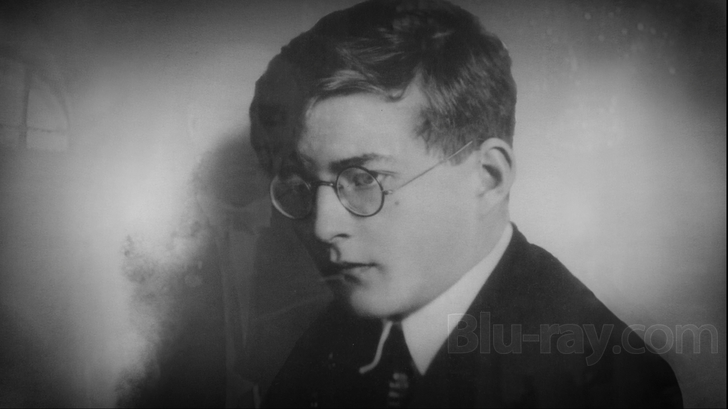

But it’s only his late 1983 live performance with the Leningrad Philharmonic that is in good stereo. He recorded it several times, mainly in mono versions available from companies such as Russian Disc. Since he conducted the premiere in Leningrad, Shostakovich’s Fifth has been indelibly associated with the name of Evgeny Mravinsky (right). The finale is partly adapted from one of his Pushkin songs, ‘Rebirth’, about a ‘barbarian artist’ defiling the work of genius with scribbles that only time will wear away.

On one level the Fifth imitates the favoured Soviet symphonic pattern of progress through struggle to victory. In the wake of the notorious Pravda newspaper attack on his opera Lady Macbeth of Mtsensk, Shostakovich produced a newly disciplined structure that unfolds with classically remorseless inevitability. Written at the height of Russia’s Stalinist terror by a composer at risk of his life, it seeks to reaffirm the grand Beethovenian tradition of constructive symphonic power and has gripped audiences since its 1937 premiere. Probably the most-performed modern symphony of the past 75 years, Shostakovich’s Fifth was a crucial work in his development and an act of historic resonance. We will probably never have a definitive answer. In the end, the decision is one that each conductor, and each listener, must make for himself.Whether written as propaganda or with bitter irony, Shostakovich’s Fifth reflects the terror of Stalin’s rule like no other work.


If the truth was elusive eighty years ago, it is even more so now as Michael Tilson Thomas asks: “Can we trust our ears today to understand these notes as they were meant when the work was written?” The attention to music on the part of our government and all the Soviet people instills in me the confidence that I will be able to give everything that is in my power.īut from the beginning many have asserted that the symphony has a secret message of scorn, despair, and condemnation.
#Shostakovich symphony no 5 score series
I wanted to convey in the symphony how, through a series of tragic conflicts of great inner spiritual turmoil, optimism asserts itself as a world-view … There is nothing more honorable for a composer than to create works for and with the people. Shostakovich made all the right statements publicly: On November 21, 1937, the Fifth Symphony had its ‘public’ premiere with the Leningrad Philharmonic Orchestra, Yevgeniy Mravinsky conducting. Public enthusiasm ran high, and the New York Times wire service reported the next day that “Composer Regains His Place in Soviet.” Ironically, the overwhelmingly enthusiastic public response caused an initial Party backlash. Isaak Dunayevsky, Chairman of the Leningrad branch of the Union of Composers, wrote in January that “The brilliant mastery of the Fifth Symphony … does not preclude the fact it does not by any means display all the healthy symptoms for the development of Soviet Symphonic Music.” A private performance for party officials was arranged, and finally the work was accepted as “an optimistic tragedy.” So what actually happened? Was Shostakovich’s Symphony ‘good’ enough to save him? And will we ever know what message he meant to convey in the music?


 0 kommentar(er)
0 kommentar(er)
